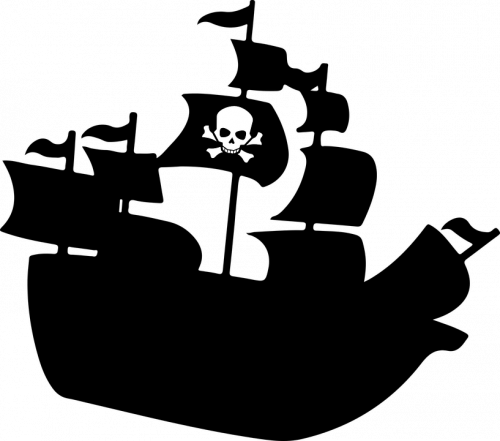This content was originally published by the Longmont Observer and is licensed under a Creative Commons license.
A few days ago, we noticed that Longmont appears to have obtained it's very own underground radio station.
You can listen to it on 106.5 FM.
The mix of music is currently uncensored and runs from Willie Nelson to hardcore hip-hop. The actual stream is from an underground radio group out of Boulder called Green Light Radio, sometimes called KGLR.
KGLR is part of a larger group of underground stations that call themselves the Colorado Community Radio Network with part-time stations in Nederland (KNED), Ward (Why High Radio) and Boulder (KGLR and KBFR).
Pirate radio has a long and storied history in Colorado, starting in the 60's, but really taking off in 1999, when Boulder Free Radio, also known as KBFR, went on the air and became one of the most popular stations in the area. Even after repeated attempts by the FCC to shut it down, the station ran for half a decade before giving up the ghost. The station reappeared a few years later and is still on the air, now run by a lone pirate know as Crispy Critter, at 95.5 FM in Boulder.
Although not illegal in Colorado, unlicensed FM radio transmitters are regulated by Part 15 of the FCC rules. Specifically, unlicensed FM broadcasts are allowed, but they can have a Maximum Effective Radiated Power (ERP) of 0.01 microwatts or 250 µV/m measured at 3 meters, or about 1/4 of one watt. Those who go over that amount are subject to equipment seizure and possible fines.
Generally, the first 'visit' by the FCC is a simple warning to either produce a license or turn off the transmitter. If the pirate turns it off, that's usually the end of it. It's only after repeated FCC visits and an issuance of several 'notice of apparent liability' letters, over a period of time, that can be years in some cases, are fines issued and equipment seized.
Longmont's pirate station is loud, clean and clear. It is operating at substantially over the FCC's unlicensed limit.
The way the FCC tends to find pirate operations is usually a complaint from someone who's holding a valid FCC license. Longmont has no large FM radio operator like KBCO and our own 100-watt KGUD at 90.7 FM is far apart on the dial, with no danger of interference. It's also possible local Ham radio operators could report it, but, as long as the station isn't causing issues with other stations the FCC generally doesn't hear about stations like this for at least a few months to a year after starting operations.
Contrary to popular opinion that the internet has killed radio, the time we spent listening to the radio isn't diminishing. In the US the average person listens to about 2 hours a day (13-14 hours a week). It's still considered the leading media reach platform with 93% of Americans listening to AM or FM radio on a regular basis (271 million each week).
In the meantime, enjoy Longmont's pirate station while it lasts.



